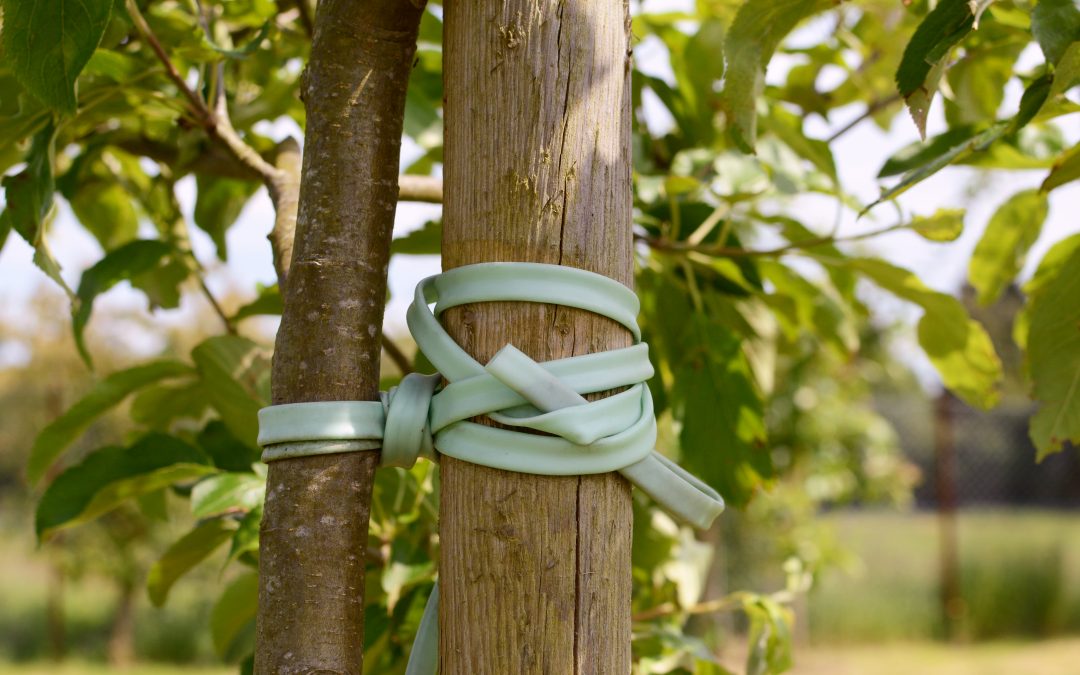Do you know how to stake a tree? Most often, staking is needed, particularly for new trees. There are times newly planted trees might need staking. It is necessary if:
- They have usual small root systems that aren’t able to support the physical above-ground growth of leaves and stems.
- The stem extremely curves when not supported.
- The planting site is quite windy, and trees will be ripped up if they are not supported.
- There’s a severe risk of vandals damaging or uprooting unprotected trees.
Staking Materials:
Staking materials differ based on the size and circumstance of the tree. Wooden stakes are adequate for small to average-sized trees. For dense, large trees, you might want to consider metal fence stakes. The good news is that stakes are reusable. New trees depend on you for providing them with sufficient nutrients and water. They also need a couple of other things to grow as well. Some trimming here and there will aid your new tree in keeping its figure. Your new tree might or might not need a stake too. Every young tree doesn’t need staking. To find out more information on if or when your tree needs staking, read the information below.
What You Should Know About Staking A New Tree
While you might feel that your young tree needs added support, the majority of young trees don’t need staking. If you stake a tree that doesn’t require it, it can make the tree sprout fewer roots and create a weak tree base. You should only stake your tree if it needs protecting, help in remaining anchored, or more support.
Must you stake your new tree?
If you correctly planted a fit tree with a stable root system and sturdy trunk, odds are you won’t have to stake it. Also, you won’t need to stake conifers, evergreens, or trees with low branches.
The amount of time a tree should be staked
Usually, detach the stakes the next growing season. If you attach a stake in spring, take it away in the fall. If you add a stake in fall, eliminate it in the spring. Or else, the tree will rely on the stake and won’t sit upright on its own.
Additionally, make sure you get rid of the wire surrounding the tree limbs. The tree can ultimately grow around the wires, which could possibly stop off the flow of nutrients and water. If it is determined that your new tree needs staking, it’s best to get a Tampa arborist to do the job.



